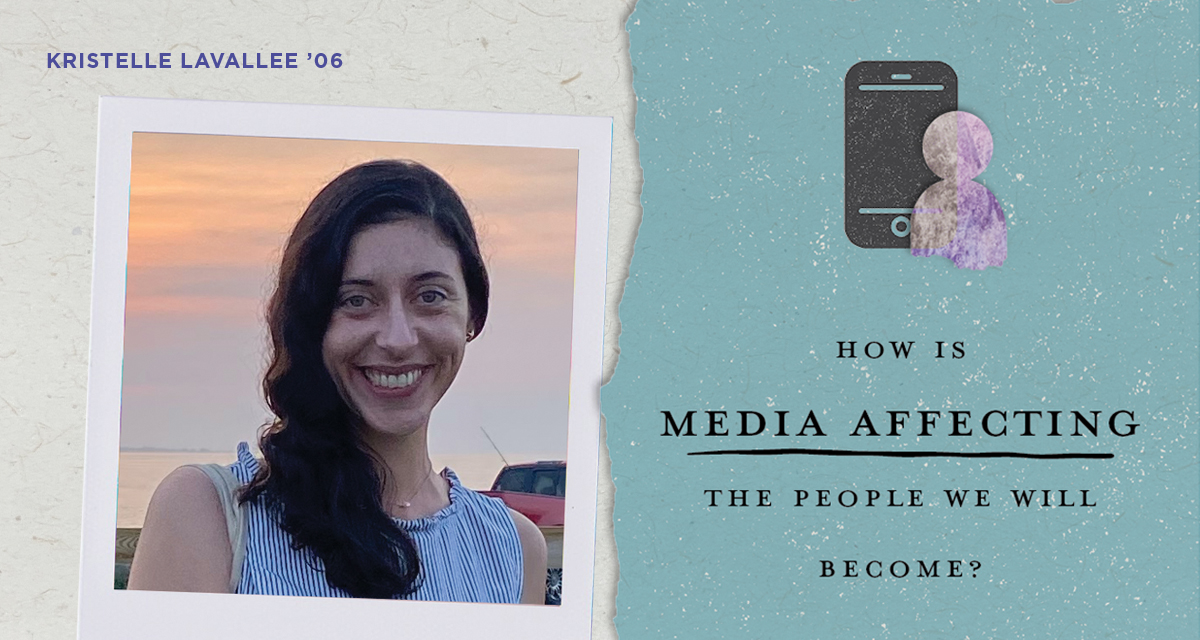Showing Up in the Digital Space
A version of this article originally appeared in the fall 2022 issue of STILLPOINT magazine.
Over the course of the pandemic, media usage doubled among young adolescents. On average, they spent a staggering eight hours per day online outside of school hours, according to a report from the Digital Wellness Lab at Boston Children’s Hospital, where Kristelle Lavallee ’06 (psychology) spent the past decade developing research-based resources and recommendations for healthy media usage. And that average may be here to stay, even after lockdowns and remote learning go away.
With the increase in usage comes an understandable increase in parent concern or confusion. Binge-watching, doom-scrolling and cyberbullying become real threats. Some parents may be tempted to secretly monitor their kids’ media usage. Others may ignore it completely.
But the best approach? “Show up,” says Lavallee, now the senior content policy analyst for the United States and Canada for minor safety at TikTok. “The reality is that there is no such thing as online and offline anymore, especially to youth. It is just their life,” she says. “And we need to be involved in all facets of it.”
Just as parents may supervise their kids at the park or cheer from the sidelines of sports games, Lavallee urges parents to be present online as well. Help kids set up their accounts and be transparent about sharing passwords. Ask kids what they saw on TikTok and who they like to follow on YouTube. “When you do that with your kids— when you’re actively involved in that realm of their life—it affects how they behave there,” she explains. “They want to behave in a way that they know is acceptable within their family. It also helps so much if they see something that bothers them or scares them because that dialogue channel is already open.”
Being present is a way for parents to help their kids navigate healthy digital usage, but more broadly, it’s a way for all adults to empower, protect and give voice to youth. They are, after all, the people who will become the next leaders, parents, educators—they are who we, as a society, become.
“This is an amazing space to give voice to those who might be marginalized, who might be silenced in other realms of their life, who might not know how to express their creativity or what they’re feeling,” says Lavallee, who helps shape the guidelines that shape behaviors and content on TikTok. On a large scale, this may look like hashtag advocacy for a particular social movement, political party or disaster relief fundraiser. On a smaller scale, it may mean finding community with others who share a similar interest, experience or challenge, like creating art or having a disability.
Showing up in this digital space, says Lavallee, is a vote of confidence in our future. “The implications are profound. The shape of our youth eventually becomes the shape of our society. As they grow up, their values, challenges and priorities grow with them and gain power. So, supporting youth as they understand and express themselves online fosters an experience that benefits them—and in the end, that benefits us all.”
 The Bell
The Bell